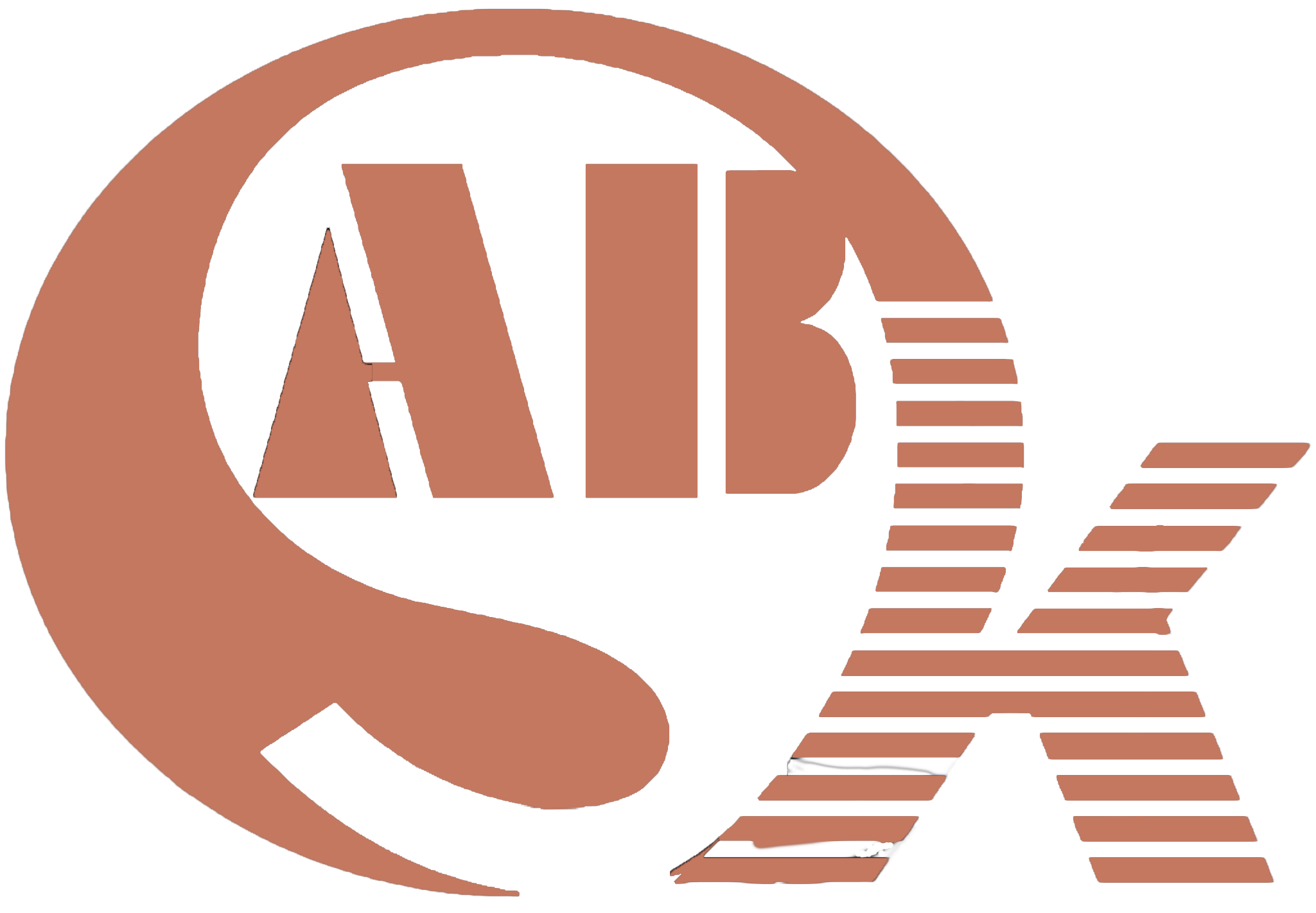Automated Precision: Unveiling the Power of Automatic Rotation
1. 360-Degree Welding Freedom:
- Automatic rotation introduces a new era of precision by allowing for seamless 360-degree welding. This feature empowers welders to navigate complex angles effortlessly, ensuring a level of accuracy and coverage that manual rotation struggles to achieve.
2. Consistency Across Projects:
- Automatic rotation is synonymous with consistent welds. The automated nature of the rotation ensures that each weld receives the same level of precision, eliminating the variability introduced by manual rotation. This uniformity is particularly crucial in industries where stringent quality standards prevail.
Dynamic Tilting: Adapting to the Complexities of Welding
1. Real-time Angle Adjustments:
- Automatic tilting adds a dynamic dimension to welding processes by enabling real-time adjustments of angles. This functionality is a game-changer when dealing with intricate joint configurations, providing welders with the flexibility needed to navigate complex welding scenarios.
2. Enhanced Access to Workpieces:
- Tilting functionality improves access to workpieces, ensuring welders can reach challenging areas without sacrificing precision. This feature is especially beneficial in industries where components have irregular shapes or where access to certain angles is essential.
Programming Control: Tailoring Welding Processes to Perfection
1. Customized Welding Sequences:
- Programming control allows welders to customize welding sequences based on project-specific requirements. This adaptability ensures that welding equipment can be tailored to different welding scenarios, contributing to a more versatile and efficient workflow.
2. Minimizing Human Intervention:
- The essence of programming control lies in reducing human intervention. By pre-programming welding sequences, the need for constant adjustments during the welding process is minimized. This not only streamlines operations but also minimizes the margin of error, contributing to a more efficient and reliable welding environment.
Reducing Human Intervention: A Paradigm Shift in Welding Efficiency
1. Prioritizing Operator Safety:
- Automatic rotation, tilting, and programming control collectively contribute to reducing the need for constant operator intervention. This not only enhances the safety of welding operators by minimizing exposure to potentially hazardous conditions but also creates a more ergonomic working environment.
2. Streamlining Workflow Efficiency:
- The reduction of human intervention translates directly to streamlined workflow efficiency. Welders can focus on overseeing the welding process rather than continuously making manual adjustments. This allows for a more organized and efficient production line, particularly in high-volume manufacturing settings.
Elevating Production Efficiency: The Impact on Output and Schedules
1. Time Savings and Increased Output:
- The amalgamation of automatic rotation, tilting, and programming control results in significant time savings. Welding equipment can swiftly transition between different welding scenarios, contributing to increased output and overall production efficiency.
2. Meeting Tight Production Schedules:
- The efficiency gains afforded by these advanced functions make welding equipment indispensable for meeting tight production schedules. Industries with demanding timelines, such as shipbuilding and construction, benefit from the ability to expedite the welding process without compromising on quality.
Conclusion: Shaping the Future of Welding Technology
In conclusion, the integration of automatic rotation, tilting, and programming control in welding equipment represents a paradigm shift in the welding industry. As customer preferences evolve towards streamlined processes, reduced human intervention, and heightened efficiency, these advanced functions stand as key enablers. The future of welding technology lies in the hands of equipment that not only meets but exceeds customer expectations, fostering a safer, more efficient, and adaptable welding landscape. By embracing these transformative features, welders can propel their craft into a new era of precision, consistency, and unparalleled efficiency. The triad of automatic rotation, tilting, and programming control emerges as the driving force behind the next generation of welding technology.
